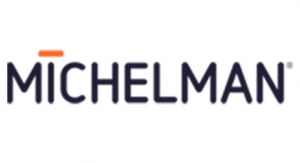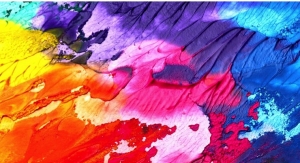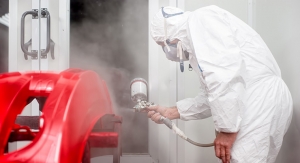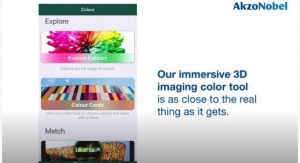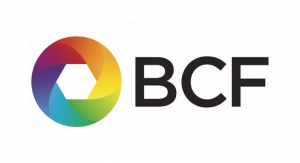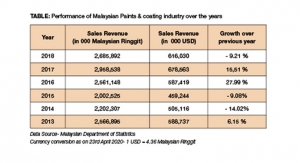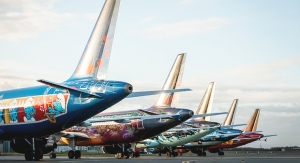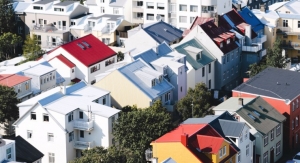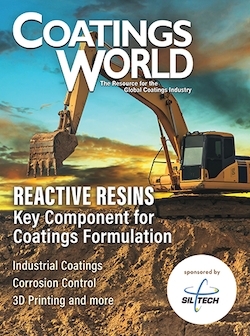The global waterborne coatings market was valued at $77.4 billion in 2018 and is anticipated to expand at a CAGR of 4.9% from 2019 to 2027.
The global waterborne coatings market is driven by the rise in demand for architectural coatings.
Asia Pacific accounts for a major share of the global waterborne coatings market, led by the increase in building and construction activities in the region.
Various governments across the world have implemented stringent regulations to reduce VOC content in paints & coatings
This has increased the use of eco-friendly alternatives with less VOC content.
Development and use of waterborne coatings have reduced VOC in traditional alkyd paints. Water-based coatings emit lesser VOCs than their substitutes such as solvent-based coatings.
The reduction of VOCs such as organic solvents is a key challenge in the paints industry due to the increased environmental and health legislation aiming at reducing VOC emissions. VOCs participates in atmospheric photochemical reactions to create health hazards.
Coating and paint technologies adapt to environmental requirements. Waterborne coatings and solvent-free coatings are the new health and safety trends in coating technology.
Environmental standards establish that the VOCs must either be removed or controlled at the lowest possible levels. The carcinogenic environmental impact of VOCs has substituted solvent-borne coatings with waterborne coatings. Epoxy- and acrylic-based coatings have special significance over other waterborne coatings.
Waterborne coatings reduce VOCs by nearly 94% as compared to other solvent and zinc liquid formulations, and up to 60% better corrosion resistance in salt spray and cyclic testing than e-coat and zinc formulations
Hence, the demand for waterborne coatings is anticipated to increase during the forecast period.
Major automotive manufacturers emphasize the use of waterborne coatings owing to its environmental benefits and to ensure the health and safety of their employees
Waterborne coatings are the future of automotive coatings, with many paint & coatings manufacturers already developing and supplying them.
Rising environmental regulations coupled with developments in the automotive sector are anticipated to fuel the demand for waterborne coatings.
Raw materials represent a major section of the paints & coatings market. Thus, a surge in the cost of any element is projected to significantly reduce profitability.
Fluctuating prices of raw materials of different Waterborne Coatings, additives, and resins are a major restraint of this market.
Varying cost of raw materials is anticipated to inhibit the market even though waterborne coatings contain fewer solvents.
Asia Pacific leads the global waterborne coatings market, followed by Europe and North America. Latin America and Middle East & Africa are expected to be the key upcoming regions of the global waterborne coatings market during the forecast period.
Significant increase in building and construction activities, especially in developing regions, is anticipated to be a major factor driving the waterborne coatings market in these regions.
Waterborne coatings are widely employed in building and construction activities, as these coatings offer properties such as high gloss, better esthetics, and highly durable structures.


